Modes of Communication
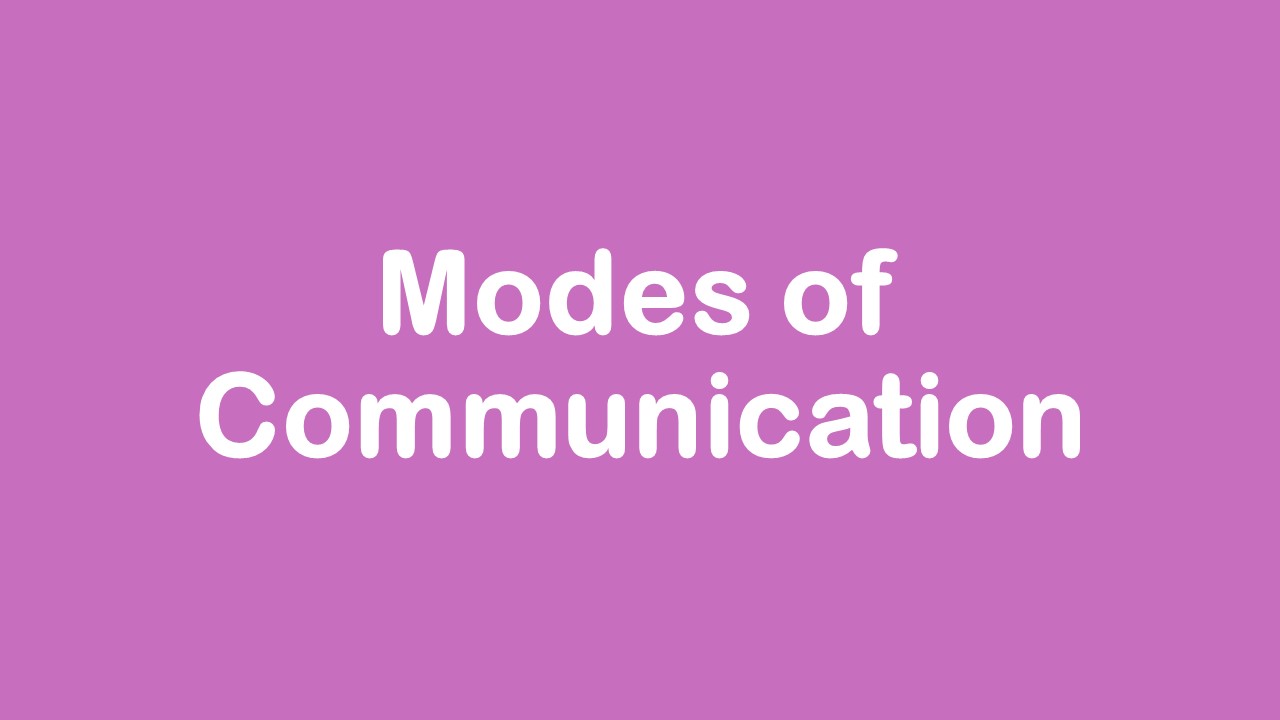
Home > Patient Care And Education > Interpersonal Communications > Modes of Communication
- Verbal/Written
- Non Verbal
- Professional Communication
Can we please get your advice on this one question?
There are various modes of communication. Examples of modes of communication are: verbal / written, non-verbal, as well as professional.
We can think of verbal communication as simply conveying information with words. But we are all aware that what we often say is not what is understood. The flip side of verbal communication is listening. If we believe that people must have understood what we mean when speaking we are likely wrong in our perception.
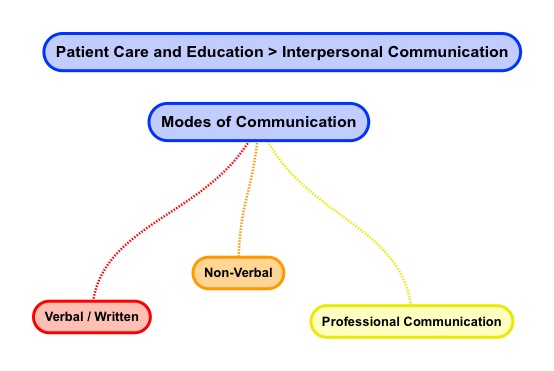
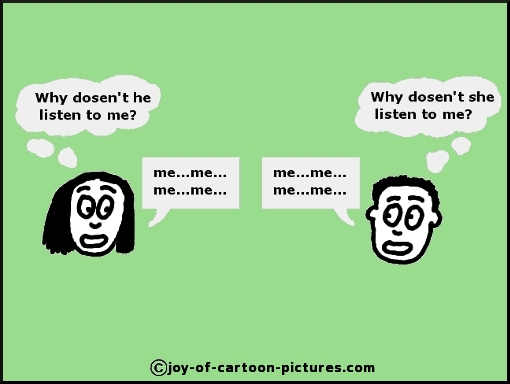
Ok, so how can the Radiation Therapist improve verbal communication? Here are four actions that can improve verbal communication.
- First, it is best to use plain language.
- Second, encourage questions and listen.
- Third, use teach-backs or explain-backs to confirm understanding.
- Fourth, focus on a few points.
Written communication is exchanging information using words. Communication through writing is the most common form of business communication. A fact or idea is observed by a person (the sender) who decides to translate this into a message as well as transmit it to another person or people. The receiver of communication needs to interpret the written message and provide feedback that the message has been understood.
There are advantages as well as pitfalls of written communication. One major advantage is that written messages do not have to be delivered at a moments’ notice. Written communication can be edited as well as revised so the content can be effective. Another important advantage of written communication is that it provides for a permanent record of the communication. A significant disadvantage of written communication is the sender of communication may not receive immediate feedback unlike verbal communication where response can be sought immediately. Written communication may also remain unread. Another issue is that written messages take much more time to compose than verbal messages.
- First, it is best to use plain language.
- Second, encourage questions and listen.
- Third, use teach-backs or explain-backs to confirm understanding.
- Fourth, focus on a few points.
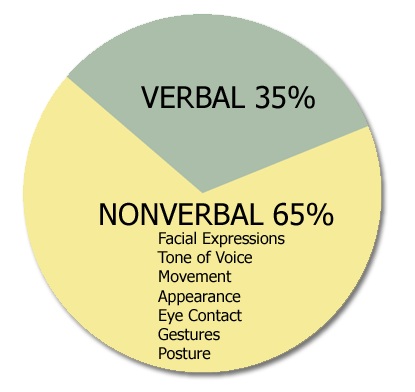
Being cognizant of non-verbal communication, you can convey authority. Standing while others sit subtlety conveys power, authority as well as control. Also standing straight with an open & inviting stance trumps slouching with your arms crossed. These are some tips to keep in mind.
Eye contact as well as eye brow emoting is a good way to show that you are listening as well as interested. Nodding in agreement or disagreement also non-verbally communicates if you are paying attention and engaged. A smile as well as open palms shows friendliness.
Non-verbal communication is used all the time but most people do not actively use this communication form.
Professional health care communication is an important part of quality care. Oh yes, and there is evidence!
“Ineffective communication is the most frequently cited category of root causes of sentinel events. Effective communication, which is timely, accurate, complete, unambiguous, and understood by the recipient, reduces errors and results in improved patient safety”
Find a link below to The Joint Commissions’ Patient-Centered Communications Standards for Hospital.
http://www.jointcommission.org/assets/1/18/R3%20Report%20Issue%201%2020111.PDF
A simple guide on professional communication is the acronym AIDET (Acknowledge, Introduce, duration, Explanation, Thank You) Here are 5 important professional communication points Radiation Therapists’ must take when working with patients.
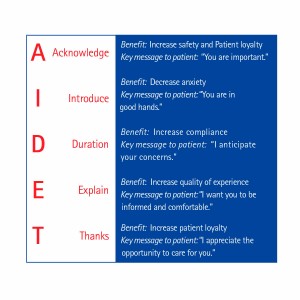
Home > Patient Care And Education > Interpersonal Communications
- Ethical and Legal Aspects
- Interpersonal Communication
- Patient Assessment and Management
- Treatment Side Effects
- Blood Studies
- Dietary Counseling
- Physical Assistance and Transfer
- Patient Transfer and Movement
- Assisting Patients with Medical Equipment
- Medical Emergencies
- Infection Control
Download and study the Southern Ohio Medical center AIDET Guide at: http://www.somc.org/employee/assets/employment/AIDET-Guide.pdf
We will discuss professional communication again and in more details when we review of patient education.
FREE Infographic What successful people believe. What successful people do
Dictionary of Cancer Terms
Need help understanding a word? Here is an electronic resource that gives meaning to Cancer terms and their usage.

StrengthsFinder 2.0